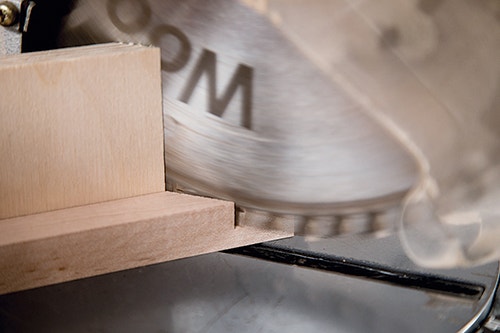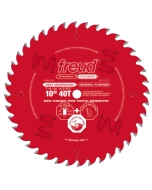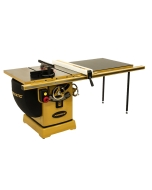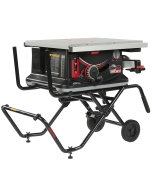How to Choose the Right Saw Blade?
In what type of saw will the blade be used? Table saw? Compound miter saw? Sliding compound miter saw? Radial-arm saw?
Some blades are designed to be used in particular saws, so you'll want to be sure to get the right blade for the tool. Using the wrong type of blade for the saw is likely to produce poor results and might in some cases be dangerous.
What materials will the blade be used to cut?
If you need to cut a wide range of materials, that will affect your choice. If you cut a lot of a single type of material – melamine, for example – that specialization also might affect your choice.
What types of cuts will the blade be used to make?
Will it be used exclusively for crosscutting (cutting across the woodgrain)? Will it be used only for ripping (cutting with the grain)? Will it need to produce good results in all types of cuts?
Related to that, are you looking to build a collection of specialized blades, or do you want one blade that can make all kinds of cuts?
Are you willing to change the blade every time you switch from one cut to another?
How powerful is the saw on which the blade will be used, and what size blade does the manufacturer recommend?
Is it a 3 hp cabinet table saw or a portable job-site saw? Is it a 10" saw or 12"?
Answering these questions will go a long way toward clarifying your best options. Understanding a little about the anatomy of a saw blade can help further narrow your search.
Many saw blades are designed to provide their best results in a particular cutting operation. You can get specialized blades for ripping lumber, crosscutting lumber, cutting veneered plywood and panels, cutting laminates and plastics, cutting melamine and cutting non-ferrous metals. There also are general purpose and combination blades, which are designed to work well in two or more types of cuts. (Combination blades are designed to crosscut and rip. General-purpose blades are designed to make all types of cuts, including in plywood, laminated wood and melamine.)
What a blade does best is determined, in part, by the number of teeth, the size of gullet, the tooth configuration and the hook angle (angle of the tooth).
Keep the inspiration coming!
Subscribe to our newsletter for more woodworking tips and tricks



